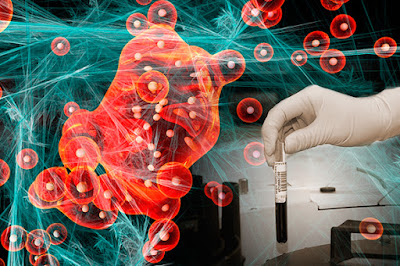Time and again, healthcare providers emphasize the importance of detecting breast cancer at the earliest stage of the condition. Often the disease is detected after symptoms appear, while many women with breast cancer actually have no symptoms. This makes regular screening so important.
 |
| Image source: Pixabay.com |
There are several risk factors for breast cancer, regardless if many cases cannot be pinned down to a specific cause. A woman’s risk increases with age, as almost 80 percent of breast cancers are found in women age 50 and above. There’s also personal history, family history, and genetic factors to consider. Childbearing can also be a risk factor – the older a woman is when she has her first child, the greater her risk.
These risk factors highlight the fact that early detection can go a long way in saving lives. Current recommended screening guidelines promote mammography, a breast X-ray that can detect breast cancer up to two years before the tumor can be felt by the patient or the doctor. Women ages 40 to 45 or older and are at average breast cancer risk are recommended to have a mammogram once every year.
Regular breast self-exam is another option for early detection. This is recommended to be done at least once a month, as 40 percent of diagnosed cases are actually detected by women who feel a lump. It also helps one become familiar with how her breasts look and feel, making it easier to detect abnormalities.
 |
| Image source: Pixabay.com |
Matias Campiani is the co-founder and CEO of Welwaze Medical, Inc., a health tech company dedicated to the development of application-centric software solutions tied to sensors that allow users to monitor their health. The first application is focusing on a revolutionary new product that allows early breast cancer detection. Learn more on this page.









